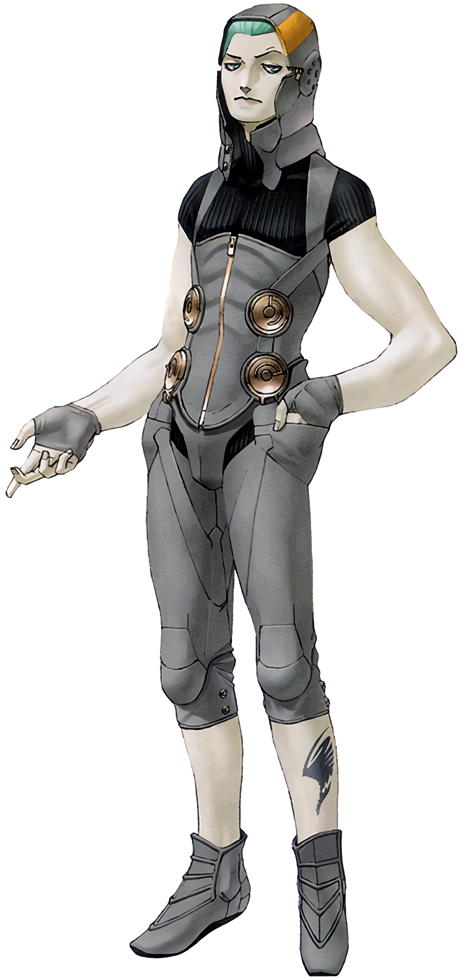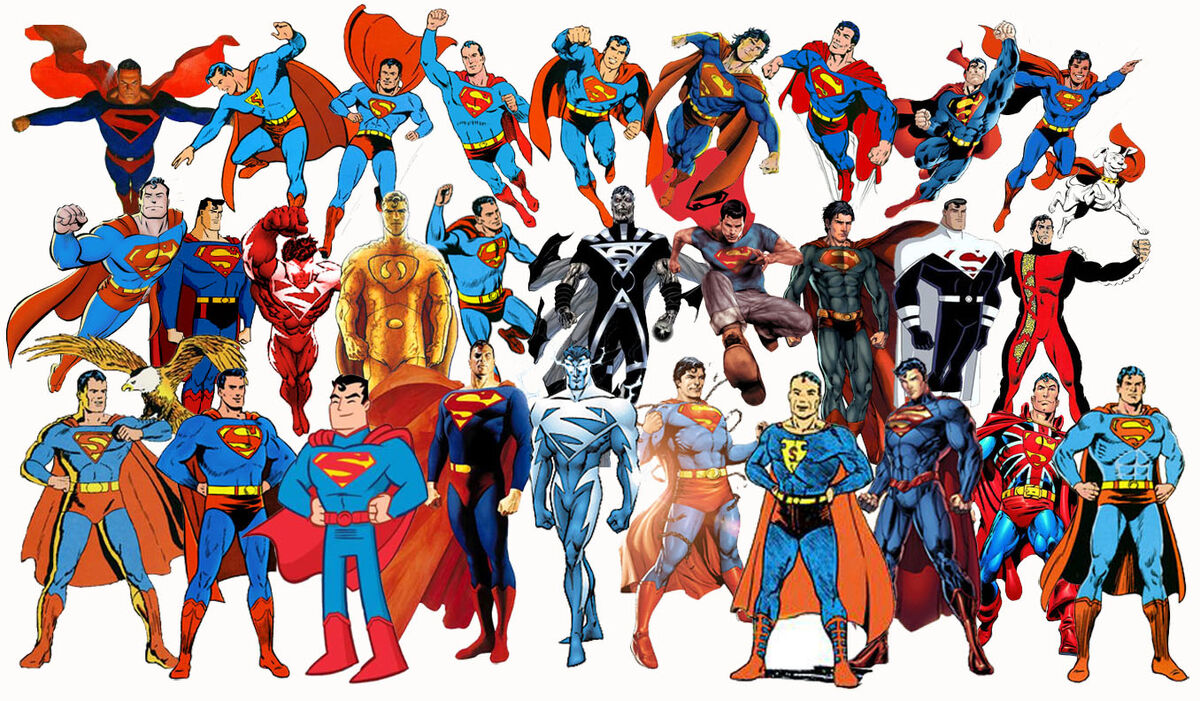Agnaa
VS Battles
Super Moderator
Administrator
Calculation Group
Translation Helper
Human Resources
Gold Supporter
- 15,777
- 14,174
Recently this thread got accepted, part of it involved upgrading certain characters to 1-A based off of an LN statement. But I don't think the reasons for considering that LN canon are valid.
The story goes that, Yu Godai was hired to be the original story creator for a spinoff series of Megami Tensei games. Partway through working on it, she left due to health reasons, but retained some level of rights to her work, and published her own LN with her ideas, featuring a largely similar setting and characters to the game. Meanwhile, the video game company Atlus hired other people to work on the game's story in Godai's place.
From reading the thread and talking to people who endorse the LN as canon, their arguments for scaling the games to it seem to be:
But more importantly, the overarching series of games existed long before Yu Godai's involvement and long after, with a far wider team of people working on it than just herself. For large-scale projects with many authors I don't think it's right to consider one person to be the original author for determining canonicity. If there is one entity to look to, it'd be the game studio themselves. This is made particularly worse than other similar scenarios by Yu Godai not even being the original story creator for the entire creation of the 1 game she worked on.
In discussing this, some people have asked if it would apply to some other similar verses, such as TES. As far as I'm aware, it wouldn't, as TES' additional material is endorsed by the company. Yu Godai's novels were published independently and weren't promoted by Atlus.
I'm not sure what exact changes would be needed from considering those novels non-canon, so I would appreciate some help in that regard.
The story goes that, Yu Godai was hired to be the original story creator for a spinoff series of Megami Tensei games. Partway through working on it, she left due to health reasons, but retained some level of rights to her work, and published her own LN with her ideas, featuring a largely similar setting and characters to the game. Meanwhile, the video game company Atlus hired other people to work on the game's story in Godai's place.
From reading the thread and talking to people who endorse the LN as canon, their arguments for scaling the games to it seem to be:
- She has the rights to it and is the original author of that spinoff's fictional setting, and by this paragraph on our Canon page, "The generally agreed-upon definition is that the work by the original author and creator of the fictional setting is canonical, unless the author or the copyright holder declares otherwise. Few other exceptions are also possible and should be noted on the verse page." that makes her works canon.
- The novel's western publisher (which is completely unaffiliated with the video game company, while in Japan it was self-published) claimed in a blurb that the novel takes place in the game's world.
- No-one ever explicitly said it was non-canon, and while there are many differences, there are also many similarities, and it's a multiverse so maybe even the differences aren't contradictions.
But more importantly, the overarching series of games existed long before Yu Godai's involvement and long after, with a far wider team of people working on it than just herself. For large-scale projects with many authors I don't think it's right to consider one person to be the original author for determining canonicity. If there is one entity to look to, it'd be the game studio themselves. This is made particularly worse than other similar scenarios by Yu Godai not even being the original story creator for the entire creation of the 1 game she worked on.
In discussing this, some people have asked if it would apply to some other similar verses, such as TES. As far as I'm aware, it wouldn't, as TES' additional material is endorsed by the company. Yu Godai's novels were published independently and weren't promoted by Atlus.
I'm not sure what exact changes would be needed from considering those novels non-canon, so I would appreciate some help in that regard.
Last edited:

